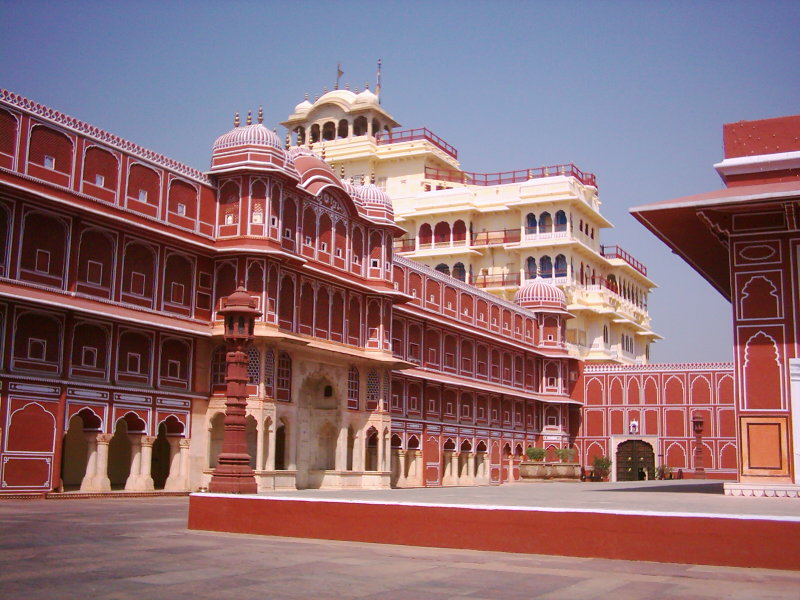
Join For Luxury Rooms
Quis autem velum lure reprehe nderit. Lorem ipsum dolor sitnulla or narjusto.
Sign In Now
Quis autem velum lure reprehe nderit. Lorem ipsum dolor sitnulla or narjusto.
Monuments
- Home
- Monuments
Hawa Mahal
Hawa Mahal is a palace in Jaipur, India approximately 300 kilometers from the capital city of Delhi. Built from red and pink sandstone, the palace sits on the edge of the City Palace, Jaipur, and extends to the Zenana, or women's chambers.The structure was built in 1799 by Maharaja Sawai Pratap Singh, the grandson of Maharaja Sawai Jai Singh, who was the founder of Jaipur.He was so inspired by the unique structure of Khetri Mahal that he built this grand and historical palace


Jal Mahal
The Jal Mahal palace is an architectural showcase of the Rajput style of architecture (common in Rajasthan) on a grand scale. The building has a picturesque view of the lake itself but owing to its seclusion from land is equally the focus of a viewpoint from the Man Sagar Dam on the eastern side of the lake in front of the backdrop of the surrounding Nahargarh ("tiger-abode") hills. The palace, built in red sandstone, is a five-storied building, of which four floors remain underwater when the lake is full and the top floor is exposed
City Palace
The City Palace, Jaipur was established at the same time as the city of Jaipur, by Maharaja Sawai Jai Singh II, who moved his court to Jaipur from Amber, in 1727.Jaipur is the present-day capital of the state of Rajasthan, and until 1949 the City Palace was the ceremonial and administrative seat of the Maharaja of Jaipur.[1] The Palace was also the location of religious and cultural events, as well as a patron of arts, commerce, and industry.


Amer Fort
Amer Fort or Amber Fort is a fort located in Amer, Rajasthan, India. Amer is a town with an area of 4 square kilometres (1.5 sq mi) located 11 kilometres (6.8 mi) from Jaipur, the capital of Rajasthan. The town of Amer and the Amber Fort were originally built by Raja Man Singh and additions were, later, made by Sawai Jai Singh. Located high on a hill, it is the principal tourist attraction in Jaipur
Nahargarh Fort
Nahargarh Fort stands on the edge of the Aravalli Hills, overlooking the city of Jaipur in the Indian state of Rajasthan. Along with Amer Fort and Jaigarh Fort, Nahargarh once formed a strong defence ring for the city. The fort was originally named Sudarshangarh, but it became known as Nahargarh, which means 'abode of tigers'. The popular belief is that Nahar here stands for Nahar Singh Bhomia,[1] whose spirit haunted the place and obstructed construction of the fort.[2] Nahar's spirit was pacified by building a temple in his memory within the fort, which thus became known by his name.


Jantar Mantar
The Jantar Mantar is a collection of 19 astronomical instruments built by the Rajput king Sawai Jai Singh II, the founder of Jaipur, Rajasthan. The monument was completed in 1734. It features the world's largest stone sundial, and is a UNESCO World Heritage site. It is located near City Palace and Hawa Mahal. The instruments allow the observation of astronomical positions with the naked eye. The observatory is an example of the Ptolemaic positional astronomy which was shared by many civilizations

Book Your Room
Not valid for bookings less than 3 daysChoose Your Date
Your Room Summary

Reservation Details
Your message has been submitted to us successfully, We will get back to you shortly.
